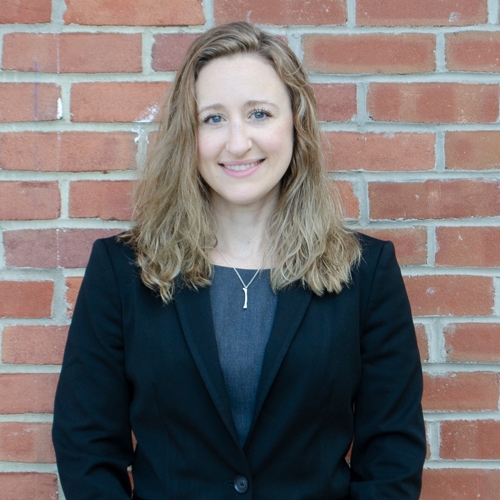Ask the Orthopedist: Dr. Stelma

Why did you decide to specialize in pediatric orthopedics?
During medical school when I was introduced to orthopaedics by shadowing a pediatric orthopaedic surgeon, I found a place in medicine where I could use my intellectual talents to hone my spatial knowledge of anatomy, physical exam, ability to read radiologic images, utilize the physics involved with mechanisms of movement and injury, and especially the surgical principles of fixation and ingenuity in the use of hardware. I could apply my interests to fix things and help families.
Much of what we treat with kids is done within a context of potential: potential to heal, to grow, to remodel, to gain and regain function. This focus on how to treat now, so as to maximize this growth and potential is an element of care that I really enjoy. Of course, no child grows in isolation; they grow within a family context and it truly takes a village to raise a child. When a child needs orthopaedic care, the surgeon becomes part of that village. The variety of stories, conditions, treatment options, and longitudinal care are what make pediatrics so interesting to me. Training specifically in pediatric orthopaedic surgery continued my journey of helping children in the context of their families and the multitude of interesting challenges they bring.
Tell us a little more about your specialty, in particular.
I have a background of very comprehensive pediatric orthopedic training from true leaders in their field. I trained with mentors in pediatric spine, sports, hip disorders, trauma, limb deformity, foot and ankle, upper extremity, tumor, and cerebral palsy. My greatest interests are in spine, trauma, sports and also include infant problems such as hip dysplasia.
Do you have a story about a special patient that you have treated?
I remember a remarkable teenager I took care of on call as a fellow. She was 16 at the time of a car accident when she sustained a bony chance fracture, or a complete unstable fracture of the spine requiring urgent surgery. Thankfully she had only a bony injury and no spinal cord or root damage. Along with my spine surgery mentor we were able to fix her the very next day with a limited posterior spinal fusion. Best of all she was able to walk that same day. Now her spine fracture will be a memory as she continues to develop into a healthy young woman.
When tragedy strikes, this is perhaps when families need the most efficient and skilled care teams and resources.
I feel honored and privileged to take care of kids and families in such a significant way. This really is the best job in the world.
What is exciting to you about your field right now?
I am actively collaborating with mentors from CHLA, Stanford, and Cedars Sinai Kerlan-Jobe Institute on a project for the surgical technique and protocol for meniscal transplant in skeletally immature patients. Stay tuned!
Advances in spinal instrumentation techniques are also very interesting to me. Power pedicle screws are a technique I learned well in fellowship. There are many methods of image guided screw placement being studied to increase safety and efficiency of spine surgery. I think these techniques remarkably help patients in the OR. Vertebral tethering is a popular topic and I look forward to new research coming out to hone the technique.
When you are not working, how do you like to enjoy your free time?
I love to spend time with family and friends. I also like to work out; recently getting more into HIIT, trail running, and Krav Maga. Excited to be back on the east coast, I look forward to getting more involved in local community activities.

